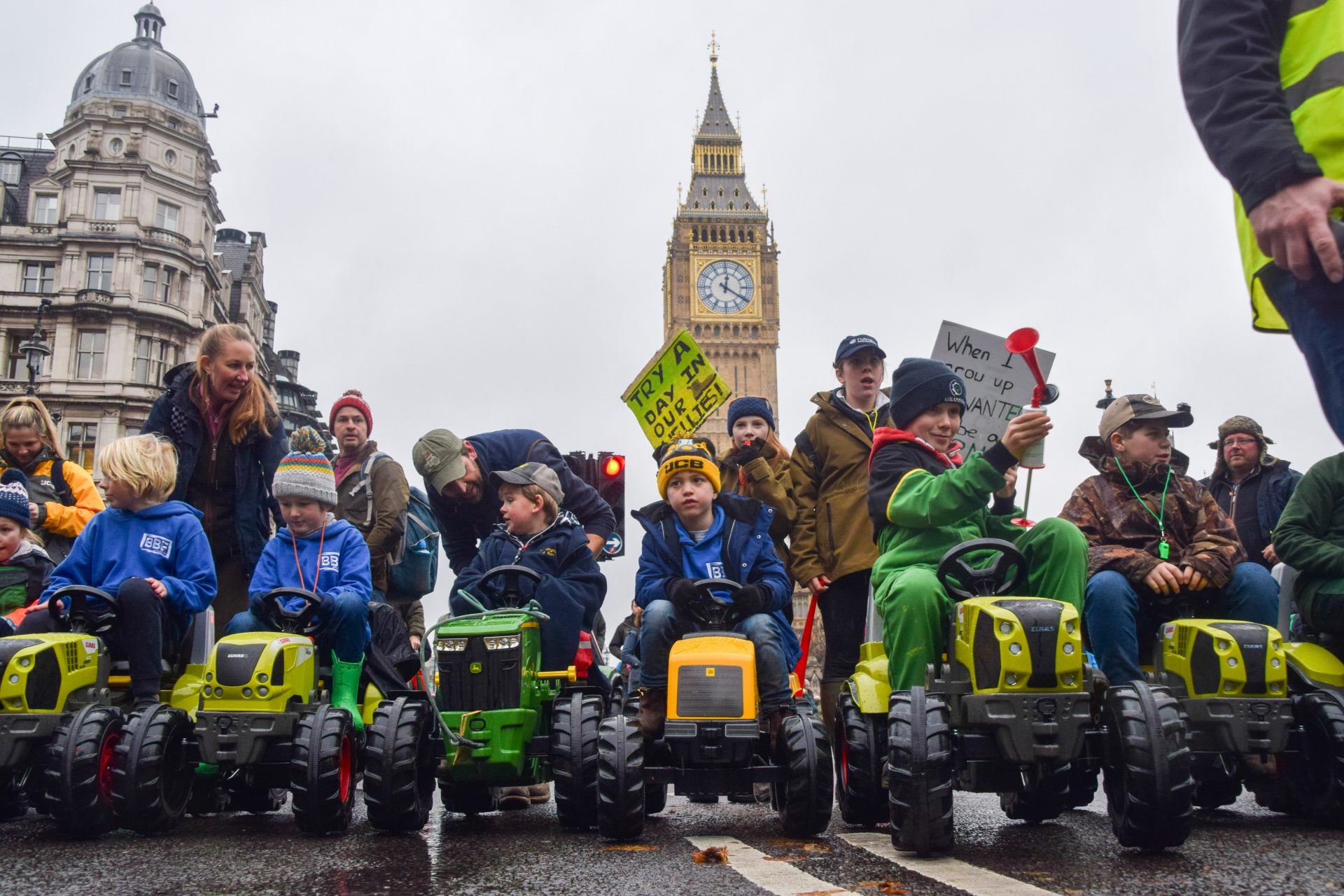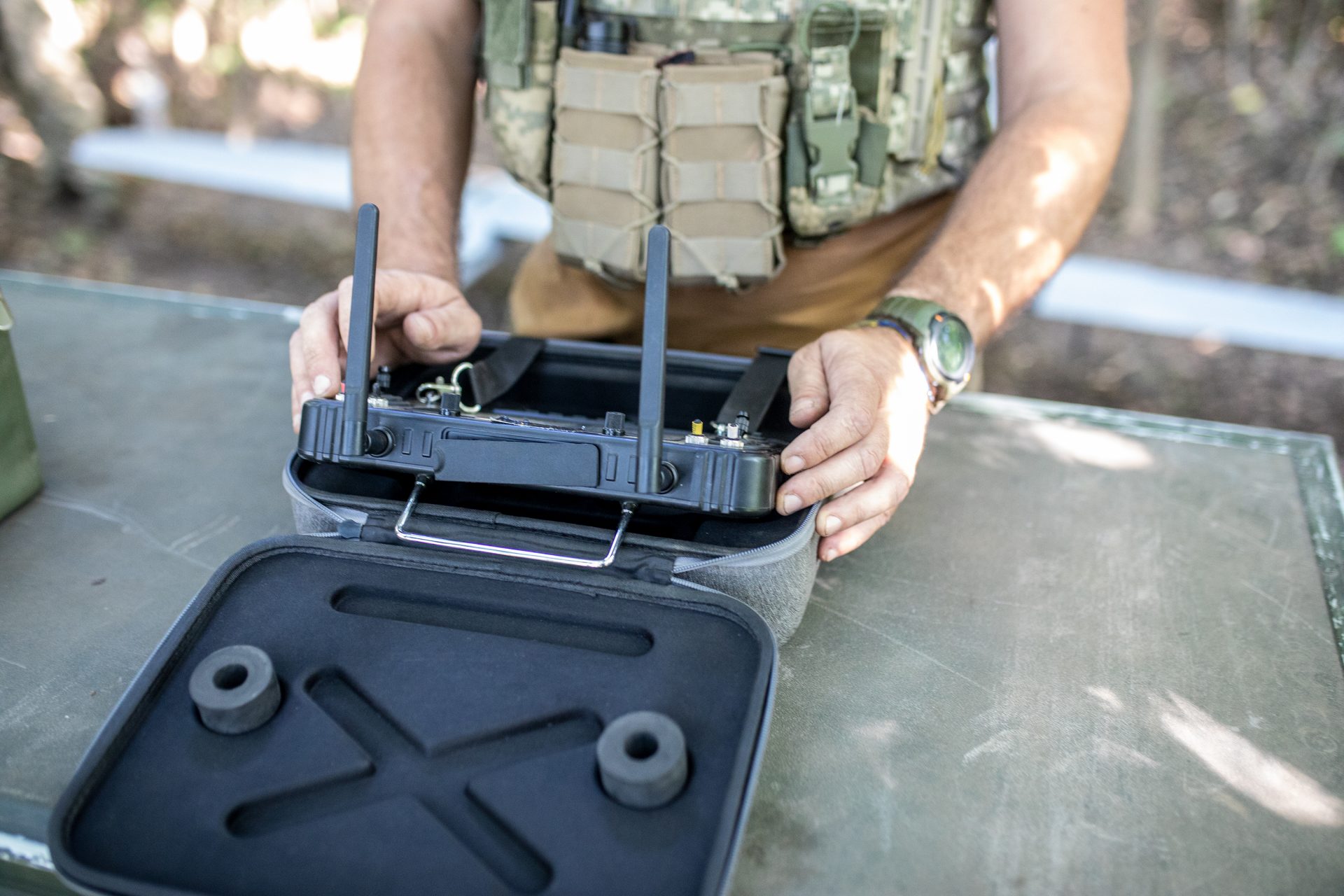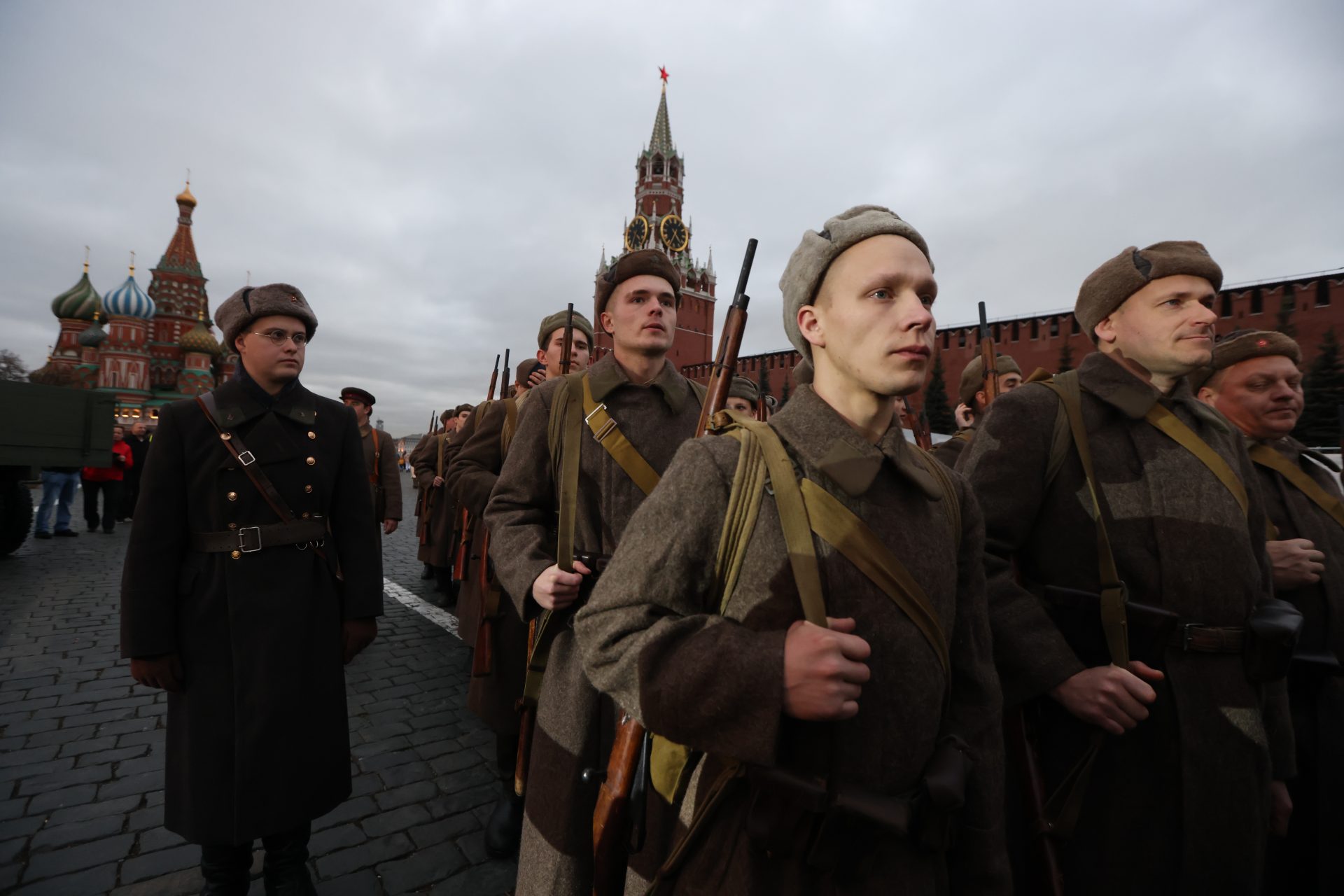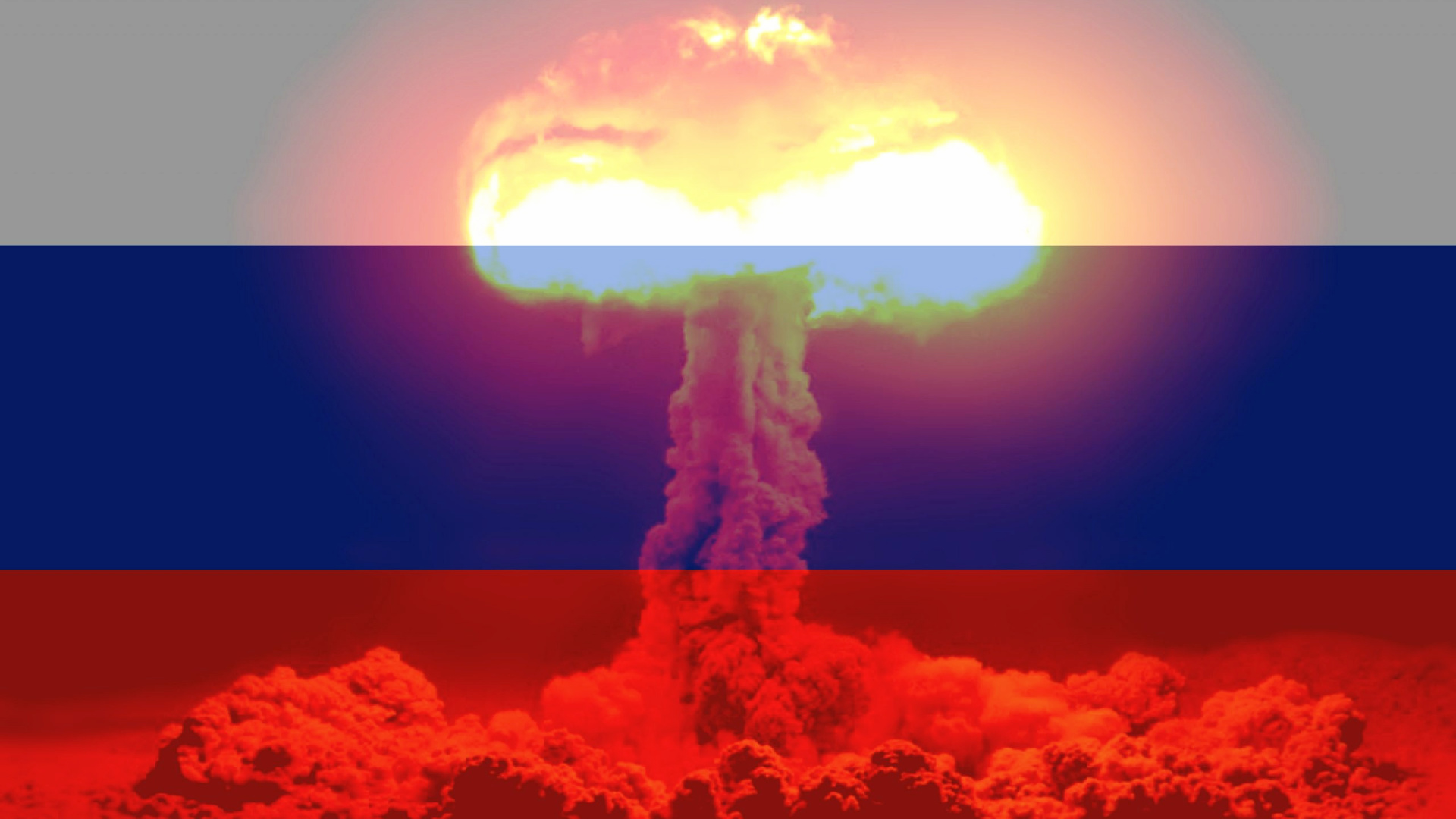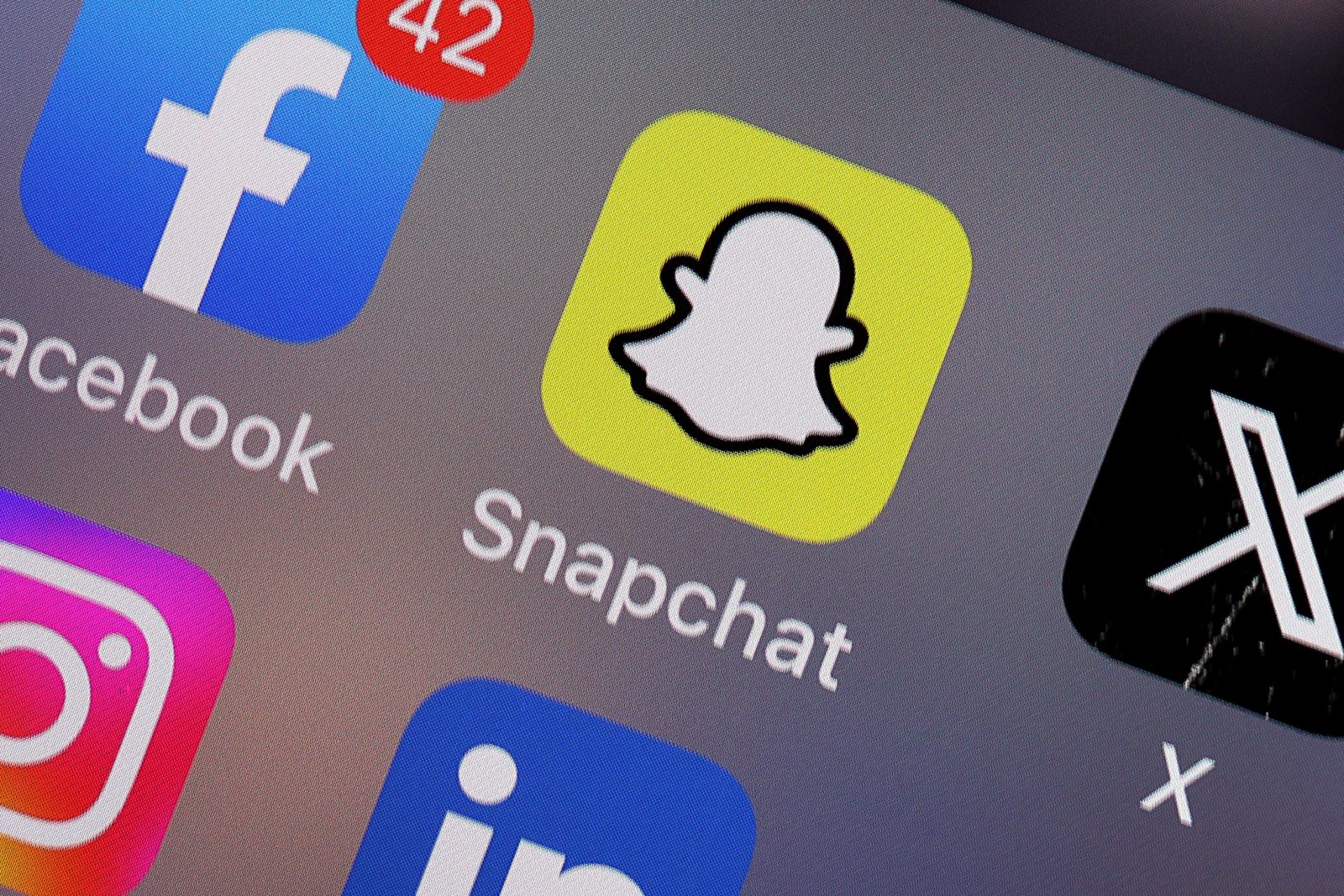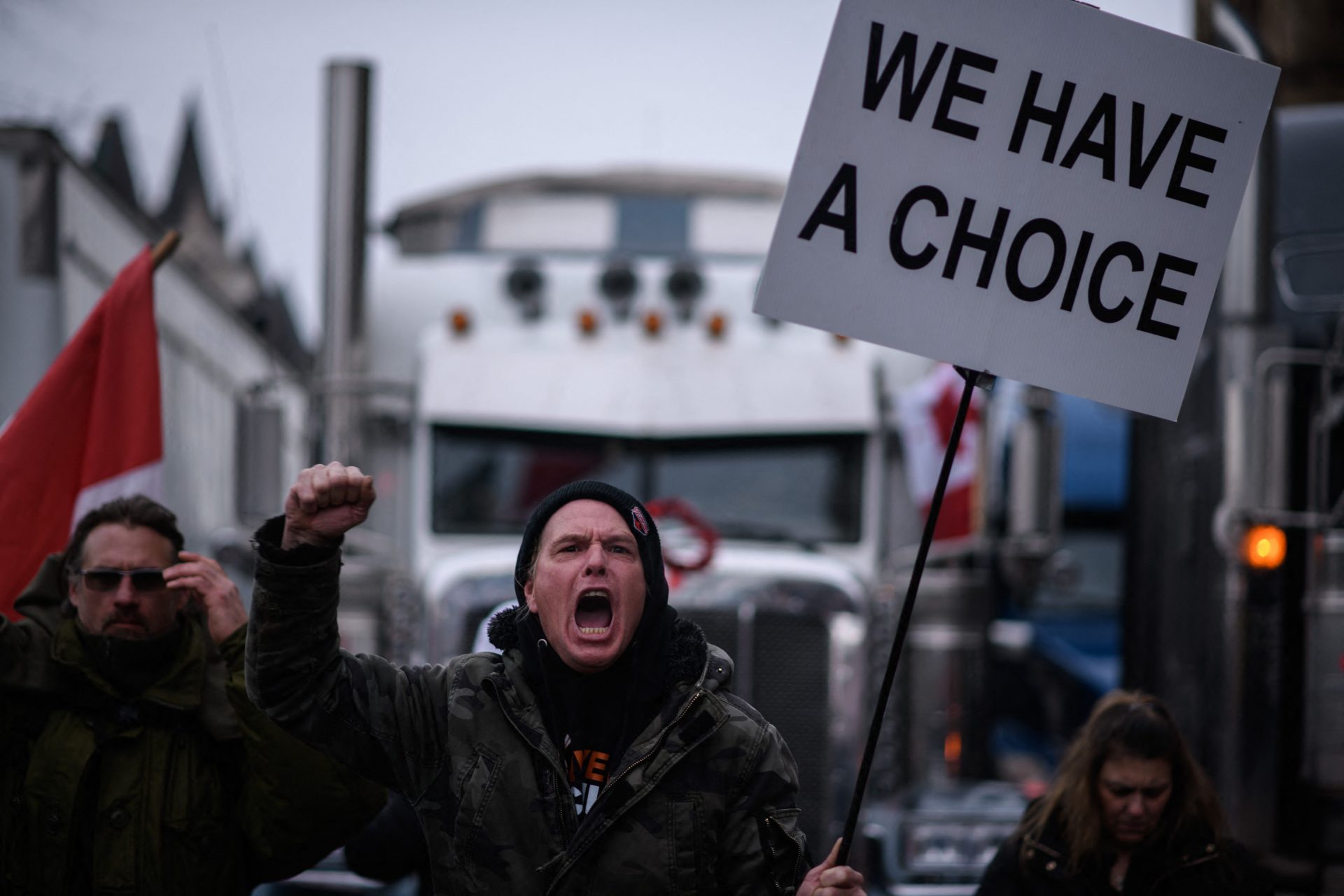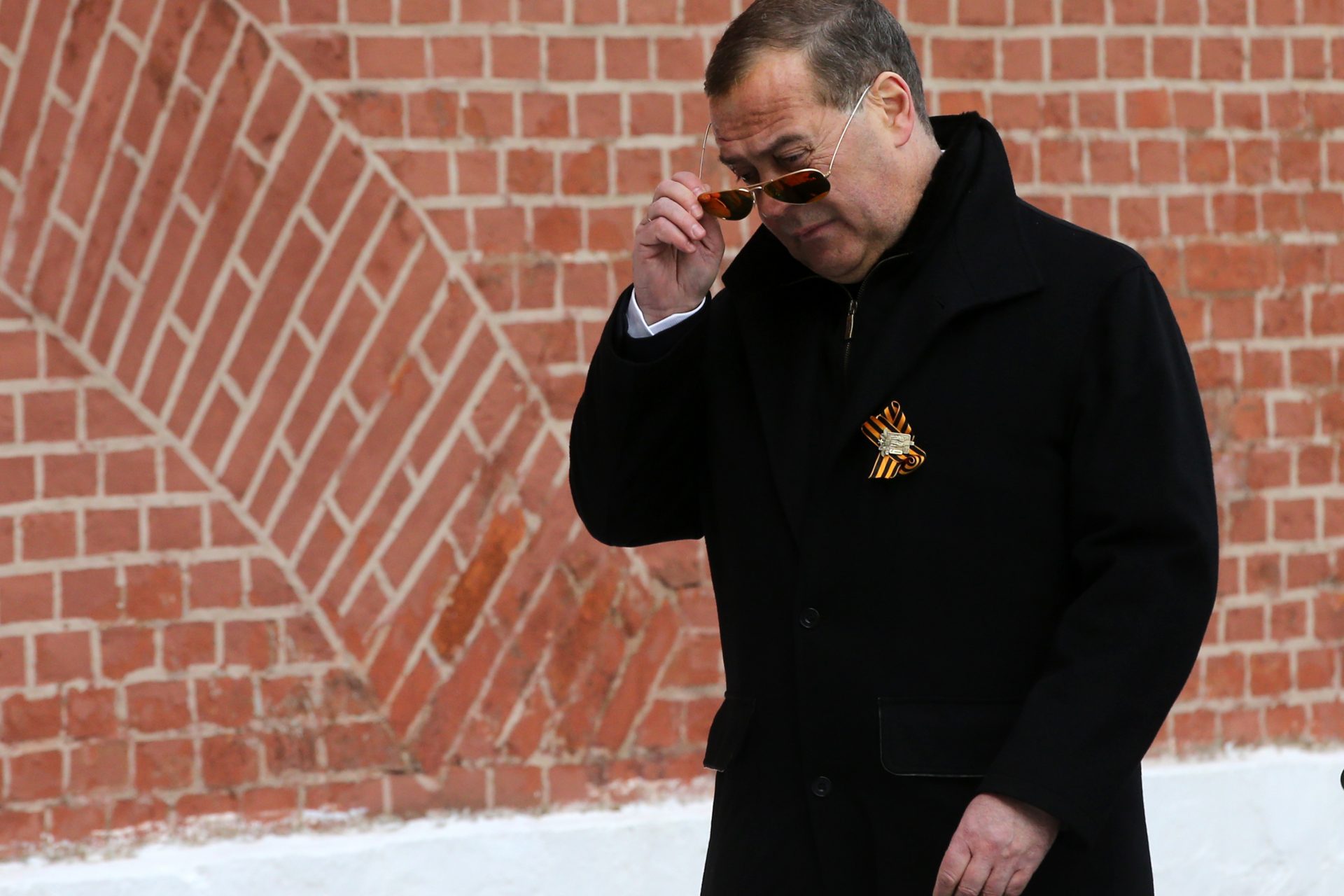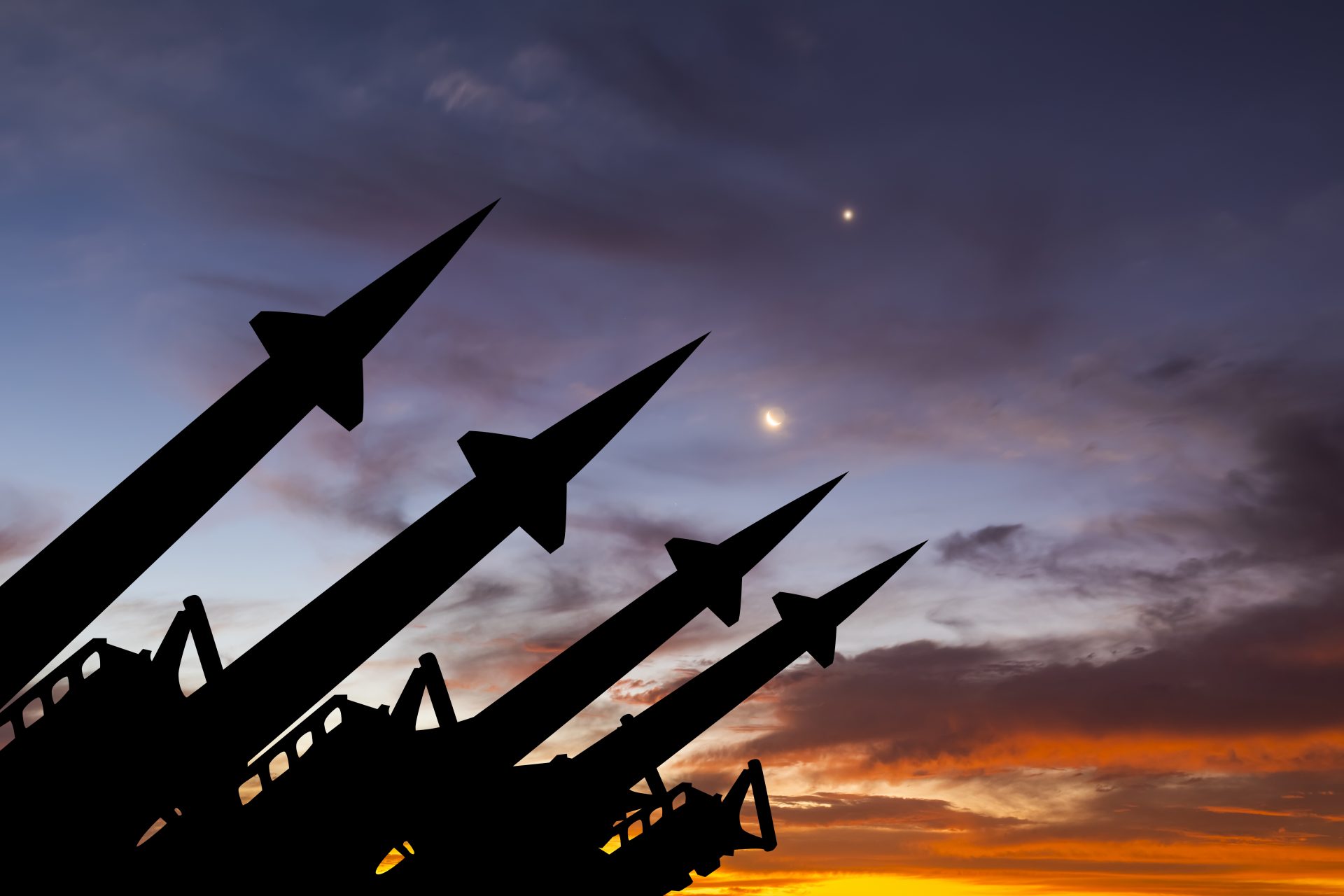In pictures: Tension escalates between Ukraine and Russia
The border between Ukraine and Russia is ripe with military tension, with troop movements on both sides and the world holding its breath in the face of a possible global conflagration in which NATO is a willing participant.
Pictured: A poster of Russian President Vladimir Putin is used as target practice along a trench on the frontline in Ukraine.
NATO has declared a "state of alert" and has sent ships and planes to Eastern Europe. In addition, US President Joe Biden has been talking about a possible Russian invasion of Ukraine.
Putin denies that he intends to invade the territory. But in the meantime, the soldiers already have their fingers on the trigger.
Throughout Ukraine, thousands of civilians are participating in basic combat training. Here we see the civilian participants of a Kyiv Territorial Defence unit training on January 22, 2022. Civilians like these will be under the direct command of the Ukrainian military if war erupts.
Faced with the threat of war, many civilian volunteers are youngsters, such as these young men, who want to defend their homeland.
It isn't just the young men that are enlisting. Pictured is Tatiana, a young Ukrainian a veterinary student, who has joined the volunteer troops training to defend Ukraine.
Here we see a civilian participant take a break during an attack exercise during training in Kyiv, Ukraine.
In stores like the one in the image, in Kyiv, sales of military-inspired material have multiplied, which are bought by civilians willing to fight if necessary.
The US embassy in Kyiv, the Ukrainian capital, has been partially evacuated. According to The New York Times, the government ordered the departure of the families of embassy officials from the country in the face of the possible outbreak of an armed conflict.
The frozen landscape that dominates Ukraine during these dates is not optimal for a war. Historically "General Winter" (as Napoleon called the adverse weather that defeated him in Russia) is usually a bad military ally for those who come from abroad.
The European Union maintains a moderate position compared to the warmongering rhetoric of the United States or Russia.
A war would mean serious difficulties for Europe: an economic crisis and, most likely, an energy crisis (the gas from Russia is used for heating a significant part of the continent).
In Ukraine the patriotic mobilization can be seen in the streets.
Patriotic marches have been shaking the streets of Ukrainian cities for weeks.
The flag of Ukraine is held up by patriots. Although the newspapers speak of a population that, in general, hopes that peace will prevail.
Border tension between Ukraine and Russia has been common since the Soviet Union disintegrated. Now it has exploded because Putin accuses NATO of wanting to integrate Ukraine into its structure, which would mean the possibility of placing Western troops at Russia's gates.
The United States has come into play, accusing the Russians of massively moving troops across the border. And from there, the accusation that Russia is preparing to invade Ukraine.
Among the warlike precedents to this conflict is the annexation of the Crimean peninsula by Russia in 2014 (until then Ukrainian territory) or the Donbas war, where there was a confrontation between pro-Russian factions and supporters of the Kyiv government. Pictured: tombstones placed in tribute to the civilian victims of the Donbas war.
And while the tension grows, the simple motto of 'No war!' is being revived in many places. The image used here is from Berlin, but in many other places in the world, people just want the parties in conflict to reach an agreement and give peace a chance.
More for you
Top Stories
























